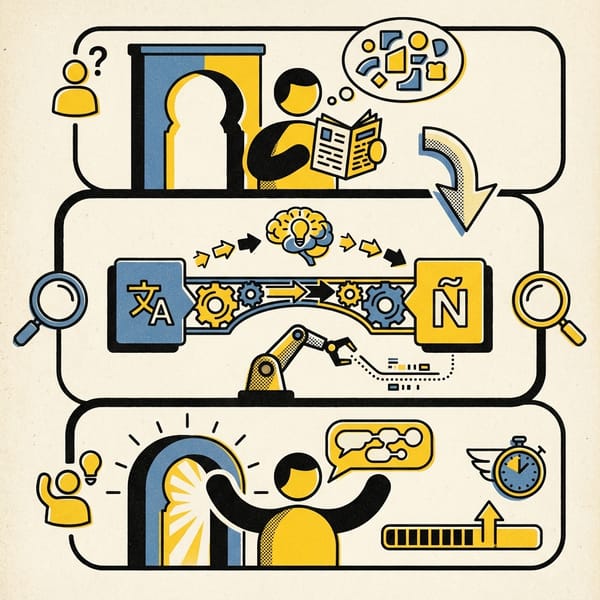Preparation for the first meeting with the client
Master your first client meeting with essential prep tips. Learn to create effective agendas and foster strong relationships for success!

To build a good relationship with the client, you must prepare for each meeting, especially the first one.
Before the meeting, the manager should learn more about the client: their character, habits, work values, and preferences. This information helps reduce uncertainty and emotions, allowing for better organization and conduct of the meeting.
For example, my friend Alena works as the head of the sports department at a helicopter factory. She often orders various services from contractors. Alena has a 2-year-old daughter, so she doesn't have much time and prefers short video calls with a clear plan.




